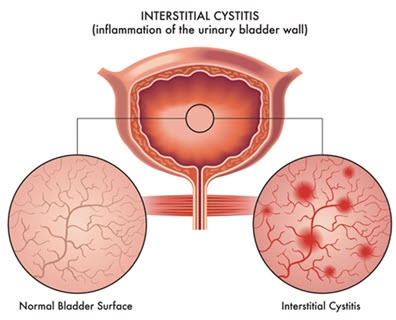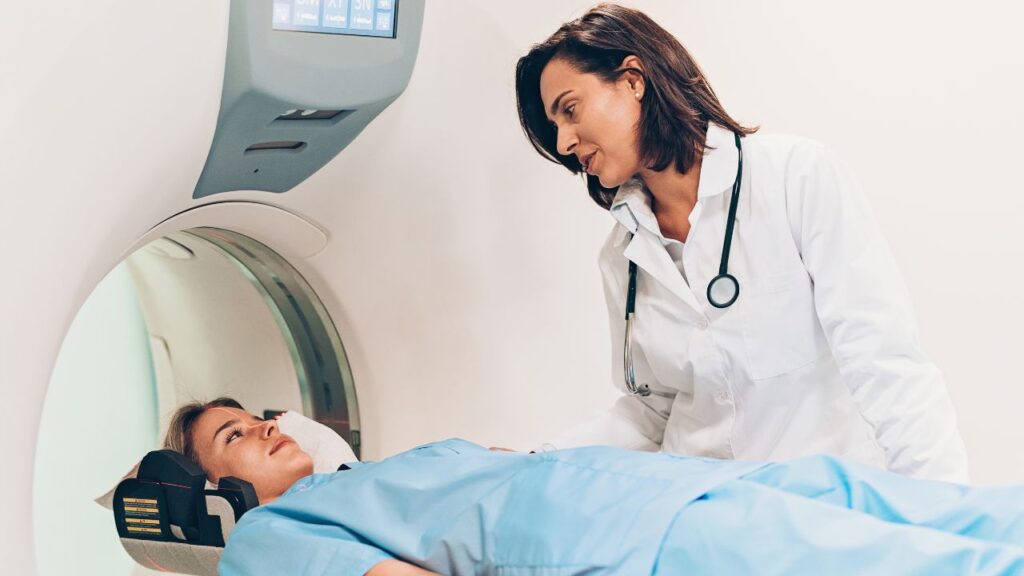Free shipping on all orders over $50 | Subscribe & save 15%
Free shipping on all orders over $50 | Subscribe & save 15%

Interstitial cystitis/bladder pain syndrome (IC/BPS) is a condition that is associated with bladder centric pain that occurs outside the setting of a urinary tract infection. It is the “great mimicker”, causing symptoms that are same as a bladder infection. In men it can also present like prostatitis, an infection of the prostate gland, or chronic prostate pain. So why do we need to fund interstitial cystitis research? It is pretty simple. With modern medicine, many conditions have a known cause, as well as a known cure. However, with IC/BPS we have neither a cause nor a cure!

There are some theories that explain why IC/BPS happens, such as the leaky bladder lining theory. This is when there are areas of weakness leading to holes in the bladder lining. The stretchy bladder wall is protected from the urine by a layer of sugars called glycosaminoglycans (GAGs). This “GAG Layer” prevents chemicals in the urine from entering the bladder wall. These chemicals are positively charged ions and include sodium (Na⁺), potassium (K+), magnesium (Mg²⁺), calcium (Ca²⁺) and ammonium (NH₄⁺). According to this theory, these ions can enter the bladder wall through leaks in the lining causing bladder pain.
However, there is a problem with this theory. Only 5-10% of patients with IC have a visible abnormality in the bladder lining, also known as a Hunner’s lesion. Most patients with IC have totally normal bladders when we look inside them with a camera during a cystoscopy. We need basic science research to better understand the bladder lining in a way that is not visit to the naked eye.

This can be done through novel ways of imaging (such as Magnetic Resonance Imaging, or MRI). MRIs could help identify if there are defects in the GAG layer that we may not see with cystoscopy.
Also, many patients with IC have chronic pain in other parts of their body. The leaky bladder lining theory won’t explain pain in other body parts. This is again where interstitial cystitis research comes in!
The Multidisciplinary Approach to the Study of Chronic Pelvic Pain (MAPP) Network was a multi-institutional study that tracked patients with chronic pelvic pain for several years. The MAPP network was able to identify certain patient “phenotypes”, or subtypes of patients with IC (and chronic prostatitis) and be able to predict their pain outcomes on a long-term basis. This work truly revolutionized the way we think about IC in that not all people have bladder centered pain (and a leaky bladder lining). Some patients with IC pain also have rather have a more widespread pain condition of which IC is just one of many painful body parts.
Although the MAPP Network was funded by the National Institutes of Health for several years until 2023, but there remain many unanswered questions about IC phenotypes – questions that will need new funding to answer!